Blythe Army Airfield, California
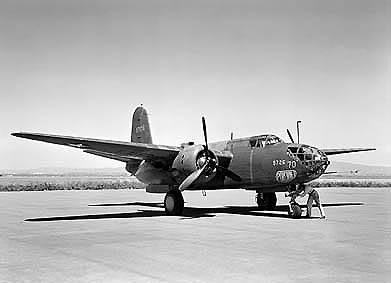 Blythe
Army Air Base was first used in May, 1942 when it was transferred to
the 4th Air Force as part of the Desert Training Center. For the
next six months, Blythe AAB was the only Army airfield that gave air
support to infantry and armored troops in training maneuvers. During
this time, the 46th and 85th Bombardment Groups occupied the
airfield and flew the Douglas A-20 Havoc, Vultee A-31 Vengeance and
North American A-36 Apache aircraft to support DTC divisions. By the
end of 1942, three new airfields (Thermal, Rice and Desert Center
Army Airfields) were built to support the Desert Training Center
desert maneuvers, and Blythe AAB wasn't needed for the Army's desert
exercises. Blythe's new role was changed to the training of heavy
bombardment combat crews before they were deployed overseas. Blythe
Army Air Base was first used in May, 1942 when it was transferred to
the 4th Air Force as part of the Desert Training Center. For the
next six months, Blythe AAB was the only Army airfield that gave air
support to infantry and armored troops in training maneuvers. During
this time, the 46th and 85th Bombardment Groups occupied the
airfield and flew the Douglas A-20 Havoc, Vultee A-31 Vengeance and
North American A-36 Apache aircraft to support DTC divisions. By the
end of 1942, three new airfields (Thermal, Rice and Desert Center
Army Airfields) were built to support the Desert Training Center
desert maneuvers, and Blythe AAB wasn't needed for the Army's desert
exercises. Blythe's new role was changed to the training of heavy
bombardment combat crews before they were deployed overseas.
In 1943, the base had over 7,500 personnel, 75 heavy bombers and 650 buildings. The 34th and 398 Heavy Bomb Groups flew the B-17 Flying Fortress and B-24 Liberator while training at Blythe AAB. Both Bomb Groups were the last to occupy Blythe AAB before being deployed overseas, and the base was declared surplus in July, 1944. After the war, the airbase was made into a civilian airport, which is still in use today. All of the buildings, except for the main hangar, were dismantled or torn down. Very few building foundations and traces of the WWII airbase exist due to extensive farming done after the war. Air Groups assigned to
Blythe Army Airfield were: |
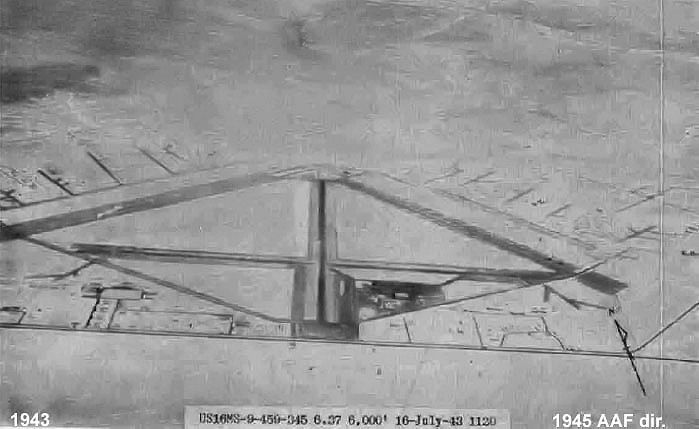 |
| Blythe AAB as seen from the air looking northward; July 16, 1943 |
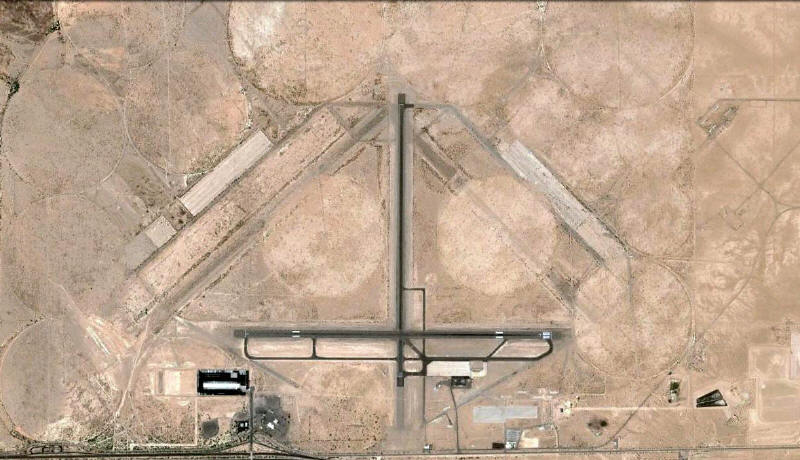 |
| Blythe airport today. Only the N-S and E-W runways are used as the northeast and northwest runways and parking aprons have been abandoned. |
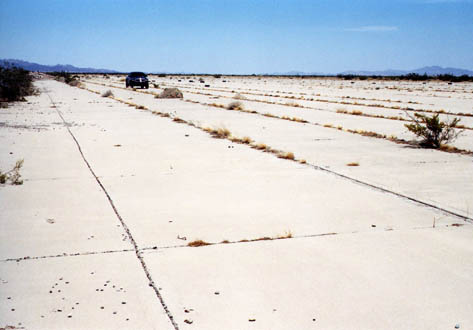 |
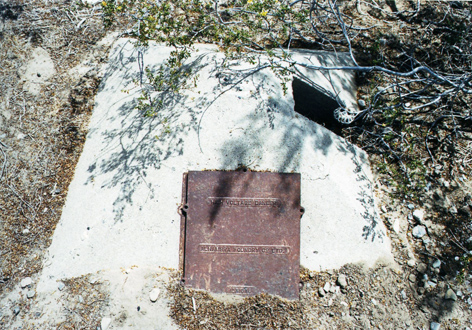 |
| The old aircraft parking apron. | One of many small pyramid shaped electrical and water outlets on the apron. |
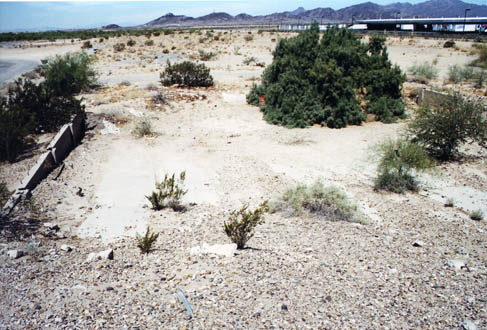 |
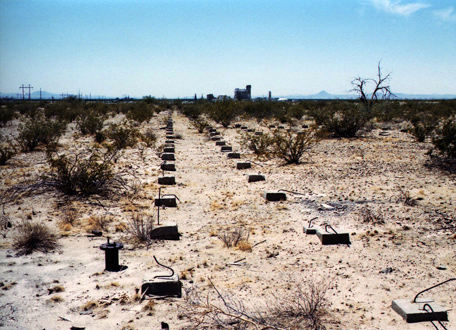 |
| The slanted floor foundation of the base theatre. The tree is where the stage would have been. | Remnants of the wood plank walkway. |
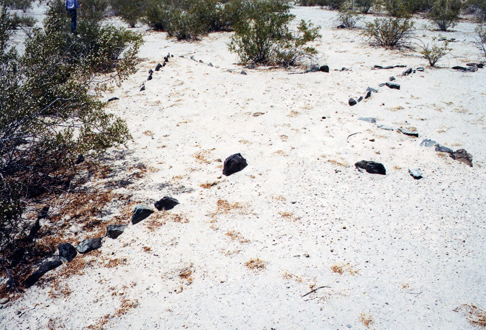 |
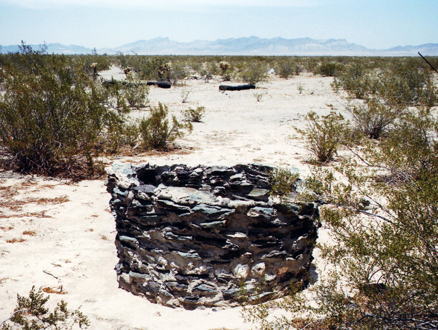 |
| A star made of rocks in the barracks area. | A decorative well in the barrack area. |
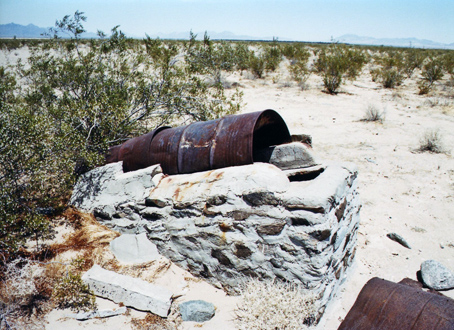 |
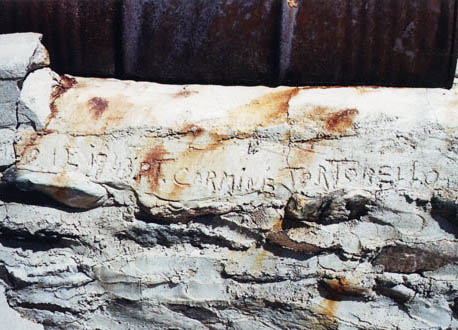 |
| This may have been an old meat smoker. | "April 1943, Pvt Carmine Tortarello" on the side of the smoker. |
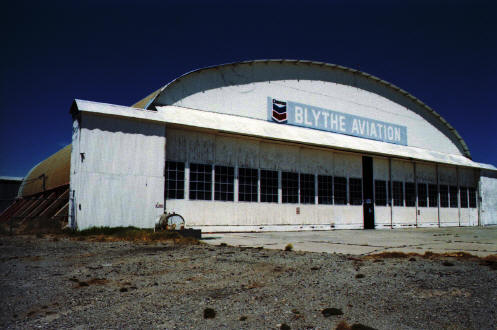 |
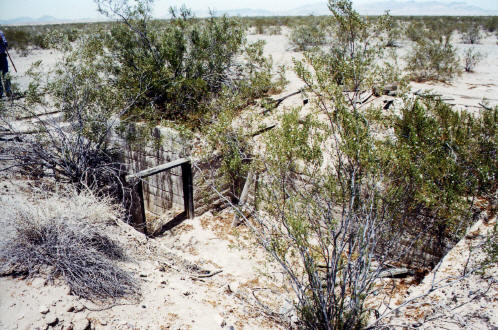 |
| The old WWII hangar is still used today. | A stairway leading down to what may have been a storage cooler. |
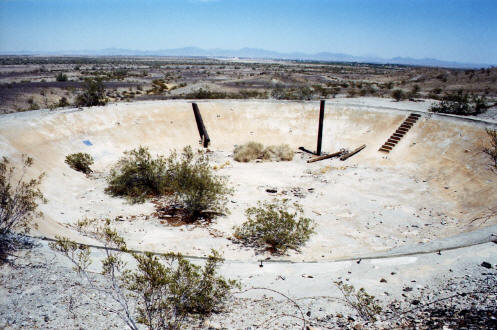 |
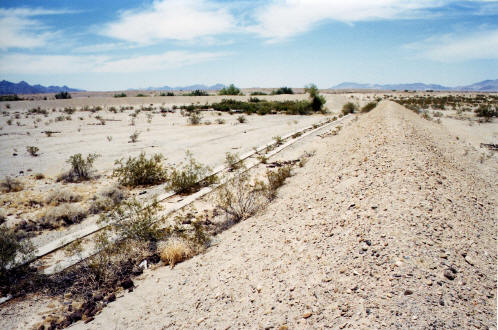 |
| The airbase's main water supply- a 500,000 gallon reservior in the hills above the base. | A gunnery practice track with an embankment in the foreground. |